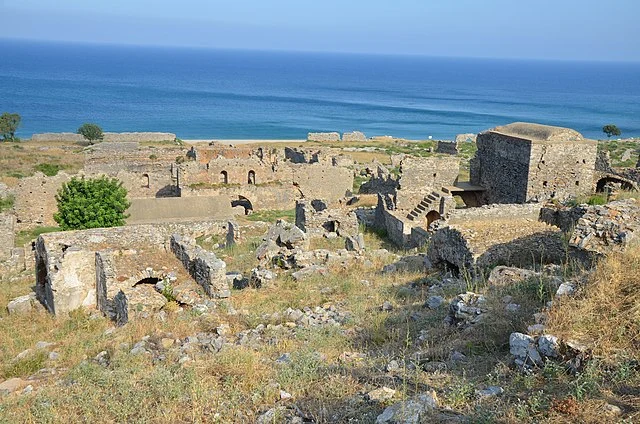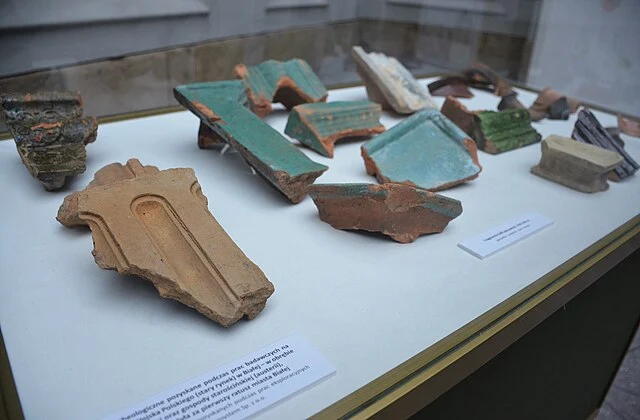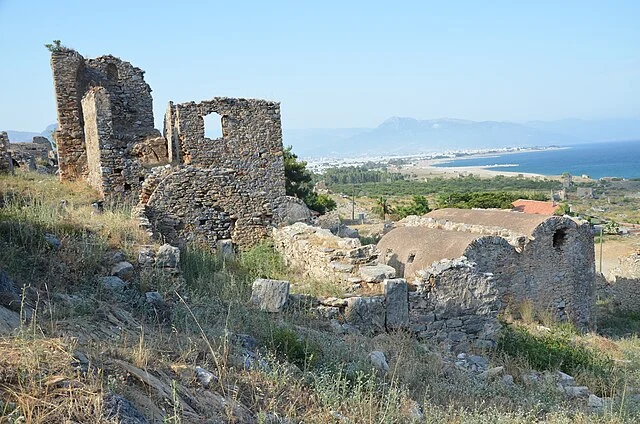Arsinoe Maraş Hill is an ancient site located in the modern-day city of Gaziantep, Turkey. The hill has been historically significant since the Hellenistic period. Arsinoe, a city named after Queen Arsinoe II of Egypt, was established here during the rule of the Ptolemaic dynasty. The city was strategically placed on the hill, which provided a natural defense and a commanding view of the surrounding region.
Get your dose of History via Email
Hellenistic Significance

Arsinoe Maraş Hill gained importance in the 3rd century BC. This was when the Ptolemies expanded their influence into Asia Minor. The city served as a hub for trade and military activities. The hill’s location made it a crucial point in controlling the surrounding territories. Moreover, the construction of public buildings and temples on the hill emphasized its importance within the Ptolemaic realm.
Roman and Byzantine Influence

After the decline of the Ptolemaic dynasty, Arsinoe Maraş Hill continued to hold significance during the Roman and Byzantine periods. The Romans, who annexed the region in the 1st century AD, further developed the site. They constructed fortifications, roads, and public baths. These additions enhanced the hill’s strategic and economic importance.
During the Byzantine period, the hill became a center of Christian activity. Churches and religious buildings were constructed, reflecting the spread of Christianity in the region. The hill’s elevated position made it an ideal location for these structures, as they symbolized the city’s spiritual significance.
Archaeological Findings

Archaeological excavations on Arsinoe Maraş Hill have revealed numerous artifacts and structures. These findings provide insight into the various periods of occupation. Pottery, coins, and inscriptions from the Hellenistic, Roman, and Byzantine periods have been uncovered. These artifacts help historians and archaeologists understand the cultural and economic activities that took place on the hill.
One of the most significant discoveries is the remnants of the ancient city walls. These walls, built during the Hellenistic period, showcase the advanced engineering skills of the time. Additionally, the remains of a Roman-era bathhouse highlight the importance of public amenities in the daily lives of the inhabitants.
Modern Significance
Today, Arsinoe Maraş Hill is an important archaeological site. It attracts scholars and tourists interested in the ancient history of the region. The site offers a glimpse into the diverse cultures that once thrived on the hill. Ongoing excavations continue to reveal new information, contributing to our understanding of the ancient world.
Conclusion
Arsinoe Maraş Hill stands as a testament to the historical significance of the region. From its origins in the Hellenistic period to its role in the Roman and Byzantine eras, the hill has been a focal point of cultural and strategic importance. Archaeological discoveries continue to shed light on its rich history, making it an essential site for understanding the ancient civilizations of Asia Minor.
Source:

